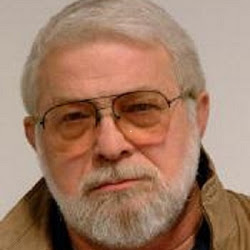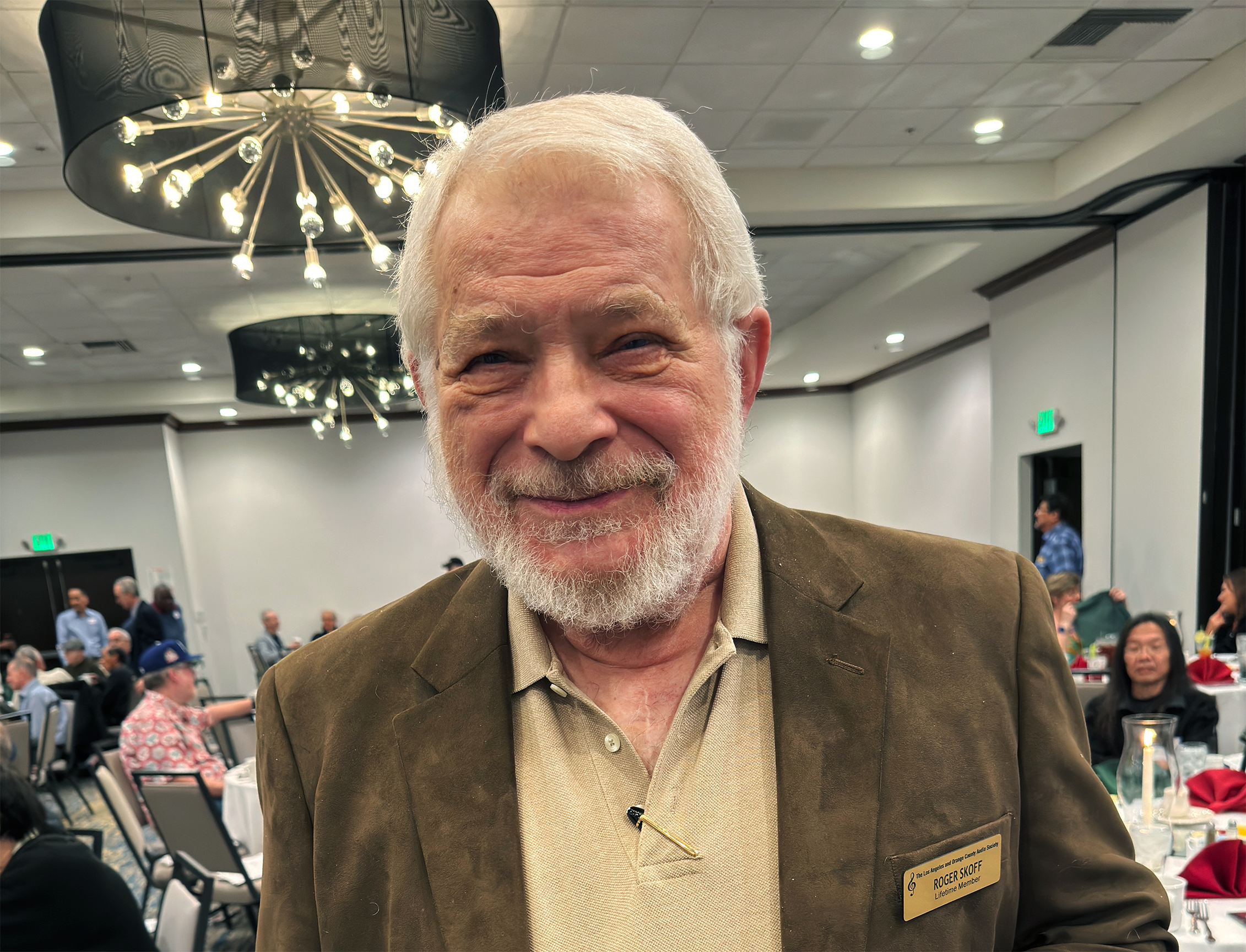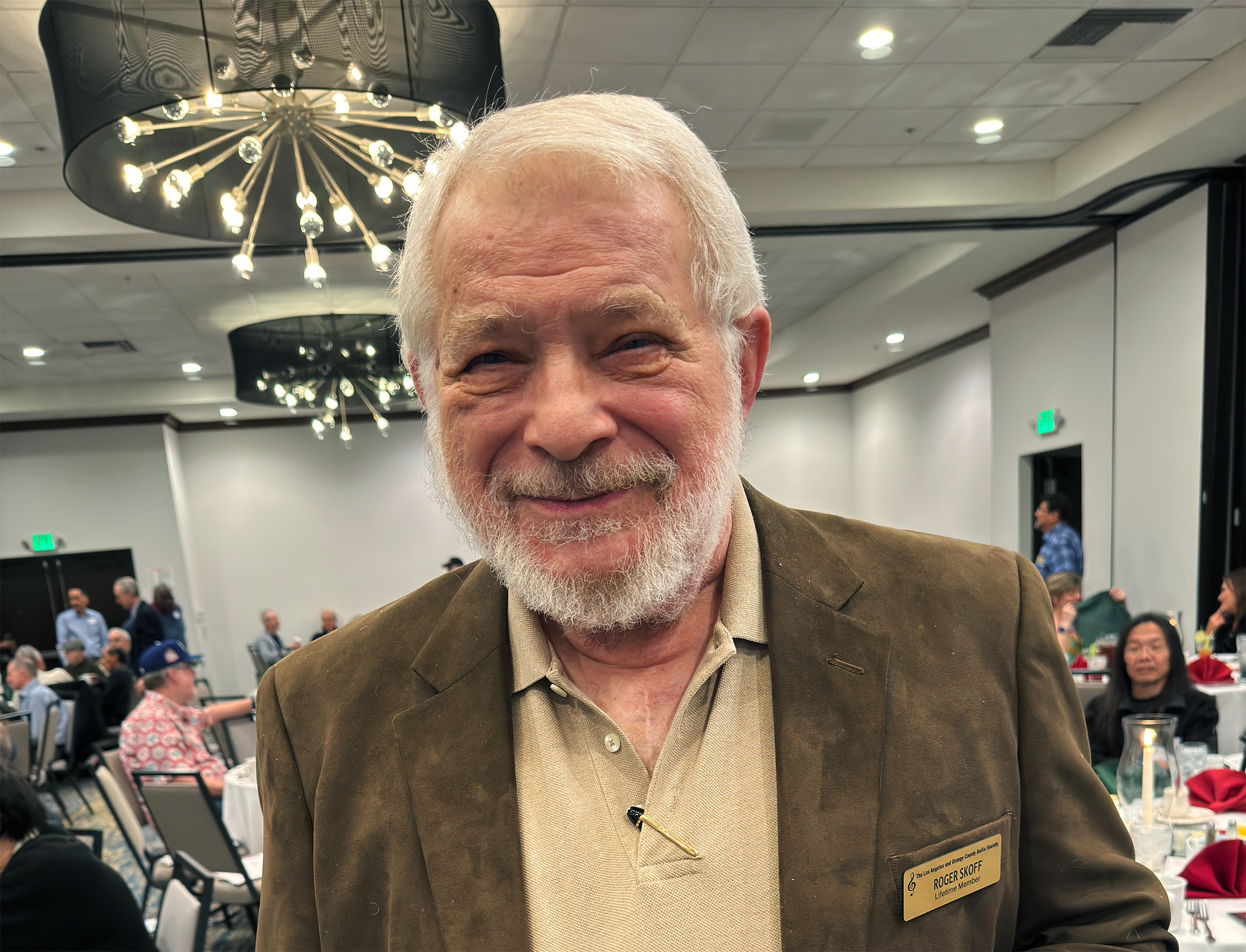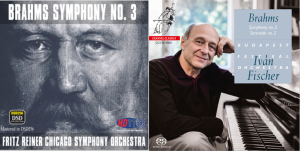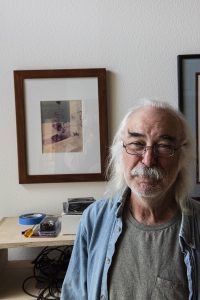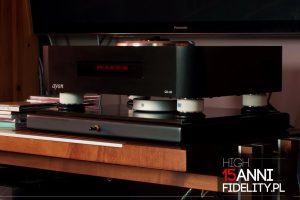Roger Skoff writes about bringing new people into our Audiophile hobby
There will be a total of three HiFi shows just in California this year. The first of them, the Los Angeles Audio Show ("LAAS") has already happened and I loved it. I saw a great many of my friends; had the wonderful honor of being appointed Chairman of the Panel of Judges for the Show's first-time-ever "Alfie" audiophile awards (for the best, most enjoyable, and most innovative new audio products to be introduced in 2017), and got to see and hear some truly remarkable new equipment and to renew my acquaintance with some favorites from the past.
Most importantly, though, I saw an unusual (for a U.S. HiFi show) number of younger people and—at least apparently—"first timers."
Most of the people I see at shows here in the U.S., or at meetings or events of the Los Angeles/Orange County Audio Society (with better than 2200 members, we're proud to say that it's the largest club of its kind in the world) are in their 50s or even older, and, for American audiophiles, the conspicuous lack of new people joining our hobby is a frequent subject of conversation. I've even gone so far as to say in writing that, if nothing's done about it, audiophilia (Latin for "HiFi Crazy-ism") is going to go the way of the electric train: What used to be an absolutely universal fascination with and ownership of electric trains (It used to be that you could buy them everywhere—even drugstores; every boy had one; and, for the holidays, every Christmas tree in the United States had an electric train circling around its base) has now devolved to where, today, there may only be a couple of dozen specialist electric train dealers in the country, serving, at best, a few hundred Electric Train Crazies with often incredibly complex, magnificently prepared, impressively huge, and violently expensive train setups that may occupy as much or more of their house than they do. (Sounds sort of like extreme High-End audio, doesn't it?)
I'm glad that electric trains continue on, but being just a revered memory kept alive by a few anachronistic fans isn't what I want to see for our own hobby.
I mentioned, earlier, that the people I see at shows here in the U.S. tend to be older, but what I didn't say is that that isn't necessarily the case in other countries. In fact, at shows that I have attended in South America, in Asia, and even in Canada, the average age of those attending seemed to be conspicuously lower than it is here.
Why this is, I can't say for certain, but there are a couple of things that I might guess: One of those (in no particular order) is that it may be that younger people in those other countries are simply more "into" music than they are here—music may simply be a greater part of their lifestyle. Another is that, while people will always buy what pop psychologists have called "prestige items" or "status symbols" to impress or gain acceptance from their peers, which things they'll actually select to purchase depends heavily on their budget (a house is more prestigious but more costly than a car; a car is more prestigious but more costly than something else; and so on down the line, and a person can usually be counted-on to buy as high up the prestige chain as his budget will allow). With HiFi—and particularly the now very popular "personal" HiFi—the goods are entertaining, enjoyable, socially prestigious, and can be shown-off or bragged about, very often at prices young people can afford to pay, while those other things—the houses, fancy cars, show-off quality "good" jewelry, and all the rest may, in their country or at their stage in life, simply be more than they can yet stretch their budget to afford. Even if they can't afford them yet, though, because—especially in developing countries—they expect to be able to buy them soon, they want to learn about them today, and they go to shows as preparation.
Even in the United States, as with the LAAS, the other two California shows still coming, and the growing proliferation of other HiFi and audio-related shows across the country clearly indicates, there is interest out there and, with the proper "bait," young people and other newcomers can be attracted.
One of the things that can be done to help that along is to get people to accept HiFi as both useful and prestigious—a "two pronged" appeal. People abroad have that perception already, and, until not all that long ago, so did the American public. The problem here may be that, in decades past, HiFi split and went in two entirely separate directions. On the one hand, to become available and affordable to a mass audience, one branch (what we in the "in-group" call "mid-fi") necessarily lost much of its performance and became—even though practically anything at all that could make a noise was still dubbed "HiFi"—little more than an appliance for producing sound. On the other hand, the "High End" appeared (Yay, us!) and offered stellar performance, but at what many other people perceived to be a sky-high price.
And that may be where the appeal to the American general public has fallen down It might be a matter of mixed perceptions: To the as-yet-uninitiated, it may be that the less than impressive sound of their "HiFi" television set and their "premium" car stereo are what they think of as the available performance standard (actual surveys have shown that the average American, if asked to name the best speakers in the world will say "Bose"), and that the sometimes staggeringly high prices of the High End are what they have come to expect to have to pay for it.
What the best of the new audio shows are doing is—by coupling high-performance audio with fancy cars, live music, gourmet food, artisanal chocolates, craft beers, and any number of other products and "lifestyle" attractions—to attract a new and broader audience than what had heretofore been typical. Once that audience gets there, they're discovering two things of truly major consequence: real HiFi is vastly better than anything they've ever heard before and, thanks to, among others, the publishers of Positive Feedback (who, at LAAS had a room called "Getting started—Audio for the rest of us," specifically set-up to show newcomers how it's done and what can be achieved on a budget), they're learning that it doesn't have to cost any more than ordinary people can afford to pay.
That's a great sign and might very well presage a new burst of audiophile enthusiasm—even here in the United States. Good for us!




